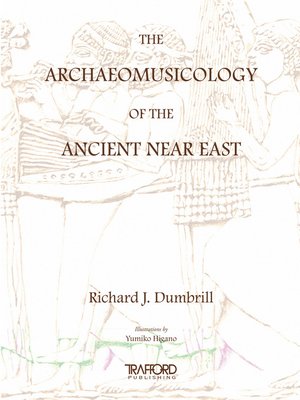
Sign up to save your library
With an OverDrive account, you can save your favorite libraries for at-a-glance information about availability. Find out more about OverDrive accounts.
Find this title in Libby, the library reading app by OverDrive.



Search for a digital library with this title
Title found at these libraries:
| Loading... |
'The mythology of ancient Mesopotamia proves readable as tonal allegory when its numerology is decoded as tuning theory. By the third millennium BC both pentatonic and heptatonic tunings were quantified throughout the entire 12-tone gamut. Richard Dumbrill has documented the massive empirical experience with strings and pipes that makes this early musicalization of the universe believable.'
The volume consists in 4 parts with foreword by Prof. Ernest McClain. The first is about the decipherment, translation and interpretation of the few theoretical cuneiform texts dating from the Old Babylonian period, about 2000 BC, to Neo Assyrian up to the mid first millennium BC. Dumbrill undertakes comparative analyses and criticism of various interpretations having preceded his own and introduces new material. The second part is about the Hurrian hymns, the earliest music ever written, circa 1400 BC, and are produced in their integrality. Attempts to the interpretation of Hymn H.6 are compared and followed by Dumbrill's methodology and interpretation. Each fragment of the collection is analyzed separately. The part concludes with statistical analyses attempting at the reconstruction of some Hurrian rules of composition. The third part consists in the organology with relevant philology and is the largest collection of the Mesopotamian instrumentarium. The last part is a unique lexicon of all known Mesopotamian terminology, with quotation of texts in which the philology appears. The book had been previously published under the title of 'The Musicology and Organology of the Ancient Near East' and now appears under its new title.






